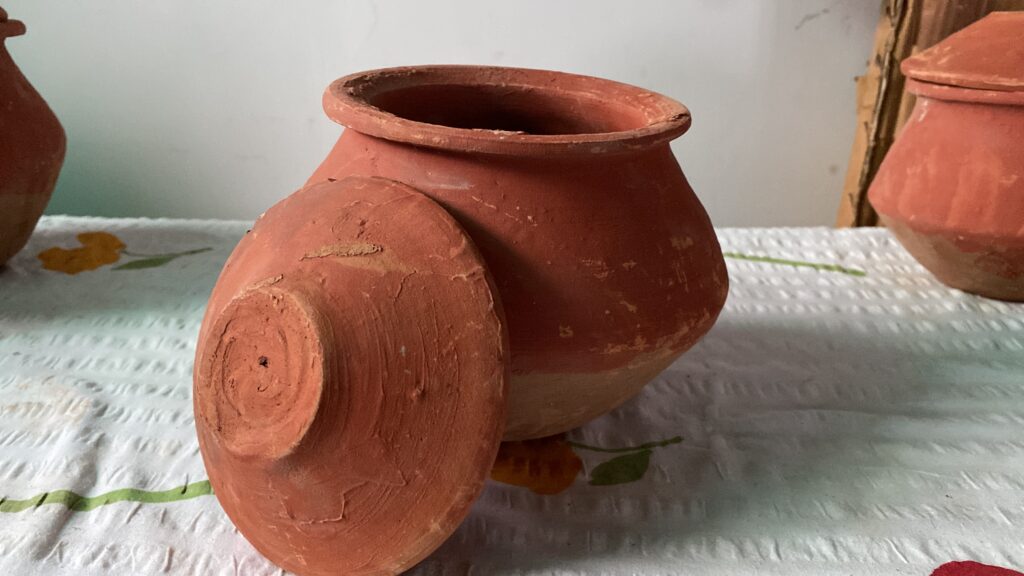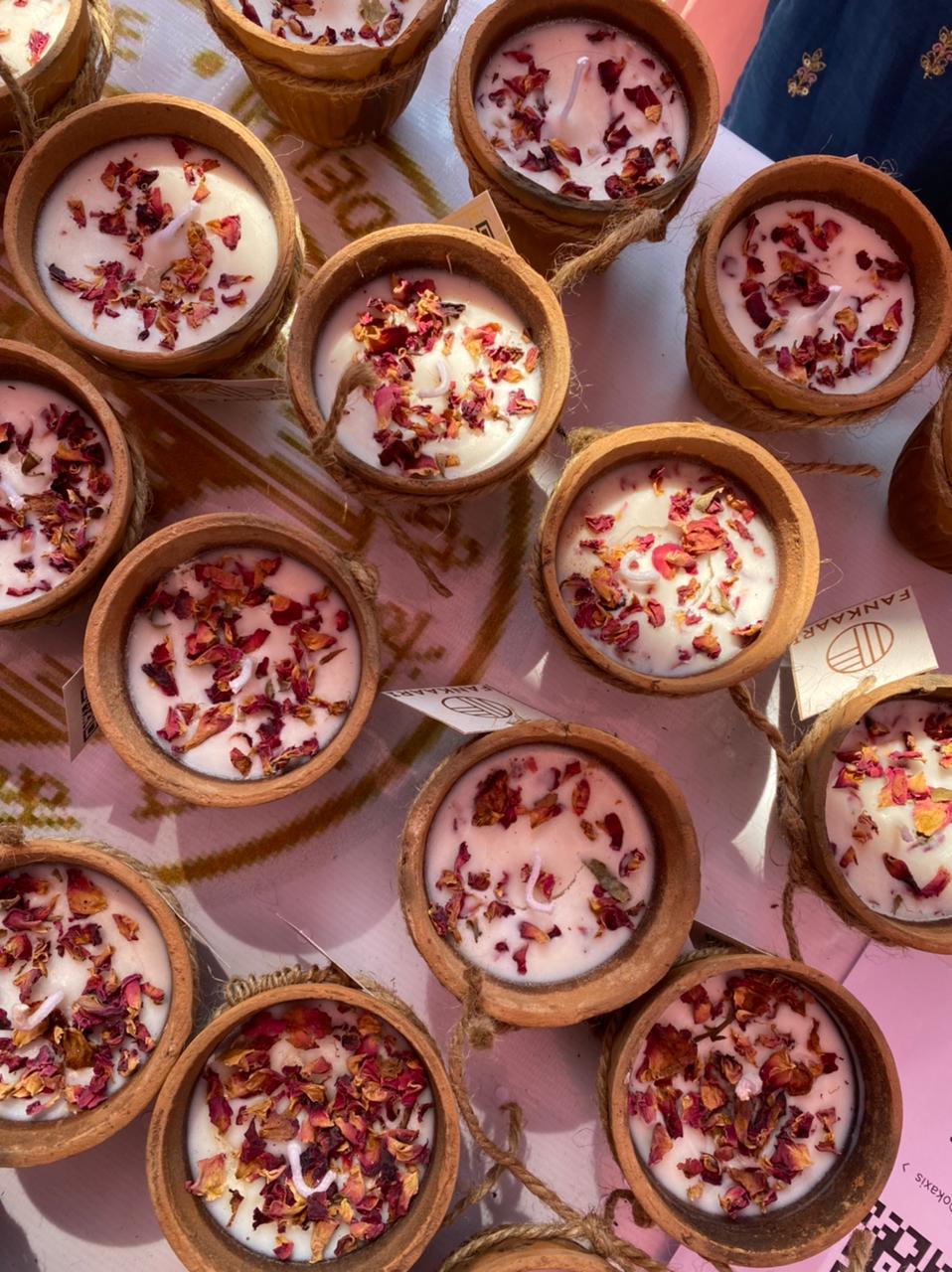Did you know that every year, ten million tones of plastic waste, 50% of which is single-use plastic, are dumped into the ocean? In addition to that, India is known for producing a high amount of single-use plastic, which accounts for 43% of the overall amount of plastic garbage produced. 80% of all marine waste is made up of plastic, which harms human health, marine life, and climate change.
Plastic is currently the most widely used raw material for the manufacture of packaging products in India. While people find it challenging to recycle and decrease plastic packaging, the food packed in plastic containers raises several health issues. On the other hand, restaurants too are attempting to move away from plastic packaging even though it is more convenient to transport and generally less expensive, keeping in mind their social responsibility to become more sustainable.
This is where Project Fankaari introduced by Enactus SVC steps in where we seek to replace the single-use plastic packaging with terracotta packaging. With the help of the potters who make eco-friendly packaging substitutes out of terracotta, our project enables individuals to eliminate the use of plastic packaging, thereby lessening the strain on landfills and water bodies. Through this, we also aim to strengthen local artisans, protect the environment by lowering ocean pollution, and promote economic growth by giving people access to new sources of income. Project Fankaari focuses on bringing two-fold sustainable change. Firstly, empowering the potters’community by providing them with a year-round source of income. This allows social and economic independence and monetizes their cultural heritage. Secondly, preserving the environment by replacing single-use plastic with terracotta packaging which is a biodegradable and reusable alternative of the same.

We do this by incorporating a circular economy model to recycle improperly disposed terracotta products.
The plan is to replace single-use plastic food packaging with terracotta. Terracotta products offer various health benefits and add to the nutritional value of the food, which is reduced and tampered with while using plastic packaging. By sustainably procuring, manufacturing, using and disposing of Handis and Kulhads, we envisage multiple uses of discarded handis and kulhads as serve-ware, as pots in home gardening and as kulhad candles.
Currently, our product range consists of the following two products:
Scented Kulhad Candles: These Kulhad candles are made by upcycling used kulhads, which is a step towards sustainable development. The candle has scented soy wax, which is a renewable source and thus does not produce any waste bi-product like the black soothe. It’s a mood booster and helps to reduce stress and anxiety.
Handis: Made by the skilled artisans of Uttam Nagar, the Handis are made with terracotta, eliminating the hazardous health impacts of plastic food packaging. Compared to aluminium or other metallic utensils, clay pots heat slowly and cook food gently. Due to clay’s porous nature, which allows heat and steam to permeate the meal, food is thoroughly cooked while still retaining its aroma.Available in different sizes and made using one of the most eco-friendly materials, it positively impacts the environment and contributes to uplifting the potter’s community.
Terracotta is sourced from natural sources and even preserves the nutritional value of the food making it a sustainable material for eco-friendly packaging. Around 200 g CO2 is emitted per kg of terracotta
production/baking which is a lot less than plastic which emits at least 2 kgs of CO2 per kg of plastic produce.
At present we have upcycled over 150 used kulhads through our circular economy model, into kulhad plants and kulhad candles whilst providing gainful employment to impoverished women, providing them with an additional source of income to support their families while addressing the following UN SDGs:
- SDG 1- No poverty
- SDG 8- Decent work and economic growth
- SDG 10- Reduced inequalities
- SDG 12- Responsible consumption and production
Our goal is to decrease the usage of single-use and harmful plastics for packaging in restaurants and cafes by replacing them with terracotta packaging. We will also replace the plastic cups, bowls, plates, etc used in serving food with the terracotta kulhads, bowls, plates, etc.
In the long run through our circular economy model, we collect all the waste and single-time used terracotta products and convert them into useful products such as planters and candles. Our primary aim is to provide proper market value to these art forms and reduce the plastic waste generated in the food industry. We also plan to venture into other art forms dealing with other forms of waste that are hampering the environment. We look forward to lesser plastic production and usage, a sustainable impact with lesser plastics littering our cities and oceans, and contributing to health problems in all living.
The EarthView

